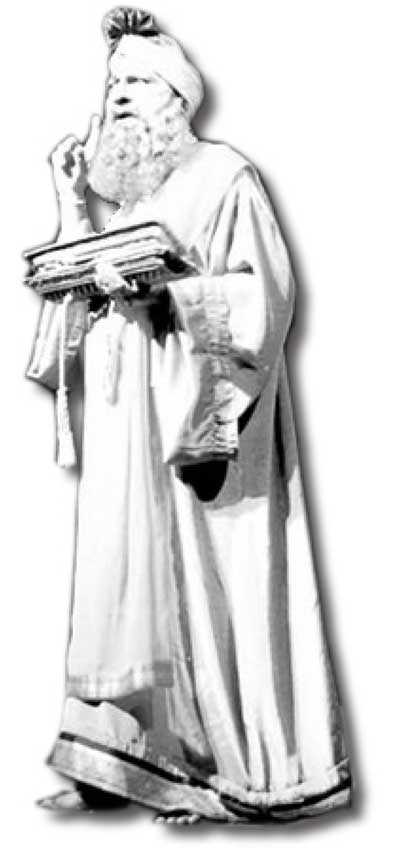Wednesday Jan 07, 2026
Wednesday Jan 07, 2026
Saturday, 30 June 2018 02:58 - - {{hitsCtrl.values.hits}}
After 62 years we still talk about the original production of ‘Maname’, the stylised drama created by Dr. Sarachchandra. It was totally a new experience to theatregoers then. To watch a ‘nadagama’ at the Lionel Wendt theatre was unbelievable. We watched it there and we also enjoyed it at the Peradeniya campus ‘wala’. Books have been written about the play. Seminars have been held. Now what is there to discuss so much, one might wonder.
Shyamon Jayasinghe, who was ‘potheguru’ in the play, is one of the very few survivors from the original cast. He has started going down memory lane via Facebook recounting the wonderful  time they had.
time they had.
His was a new role. He himself admits that he was clueless at the time he went on stage for the first time. Then he picked up exactly what he had to do. And then he mastered the role in no time.
‘Maname’ continues to be staged. But Shyamon J feels sad that many who came after him failed to capture the true spirit of the role of ‘potheguru’, whom at that time we called the narrator. “Today many who don the Siri Gunasinghe designed Roman-style robe (toga) to get on stage do not seem to have grasped the interpretation I gave. Critics have been unanimous about my act and they found it something totally unexpected. But why?” he asks.
Dr. Sarachchandra, in his autobiography ‘Pin Ethi Sarasavi Waramak Denne,’ has devoted many paragraphs on Shyamon J’s particular interpretation of the role of ‘potheguru’ in ‘Maname’.
Shyamon J thought he should write a few lines for future actors in this role although the producer had stressed on it and given him a heap of bouquets for his performance.
“Sarachchandra has been so humble to attribute the creation of this character for me personally and admits he never had an idea of how it should be performed. He states in the book that he had a clear idea about the other roles but not of this  particular role, which in the way it was scripted, was something never designed before in a ‘nadagama,’” Shyamon J says.
particular role, which in the way it was scripted, was something never designed before in a ‘nadagama,’” Shyamon J says.
“In the original ‘nadagama’ (played in the village), the ‘potheguru’ was little more than a prompt. Sarachchandra states that since I sang well he would have been satisfied had I come to the stage, sang the ‘innisiya’, and departed. This is precisely what I did at rehearsals. However, says the Professor, on the first night of the real performance he saw me ‘performing a miracle’. I am deeply grateful for that acknowledgment and, judging from audience response then and after, I think, humbly though, the Professor would have said that sincerely.” Shyamon J wondered what he did for the role of ‘potheguru’ to have become so attractive to audiences all over the island. He identifies the ‘specials’ mainly for the benefit of those who play the role now and in the future.
“First, I brought in the elements of a Western stage compere. My role was not to just to come, recite, and return to my seat with the chorus. It was something far wider and integral to the action taking place on the stage. Here was a kind of showman presenting, I thought to myself.
“Second, the ‘potheguru’ role was to act as an essential link of the players and the audience. This is what critics call, ‘rapport’. Reggie Siriwardena, renowned critic in the ‘Daily News,’ in the very first review of the play remarked that I maintained a perfect rapport with the audience.
“Third, the task was to help the audience to appreciate and comprehend (rasavindanaya) what went on.
“Fourth, I added some dramatics, especially voice dramatics, in my presentation. That had been a kind of acting by me. This made me one with the players and integral to what went on. It was an addition to the overall dramatic effect.
“Fifth, I instantly grasped the authority that a ‘potheguru’ gets by default as a presenter. This encouraged me to command the audience and to bring them around to where I wanted. Often I felt I had got the audience in my grasp and make them believe what I was saying.”
These are indeed valuable tips from a veteran who created a landmark in the history of Sinhala theatre.